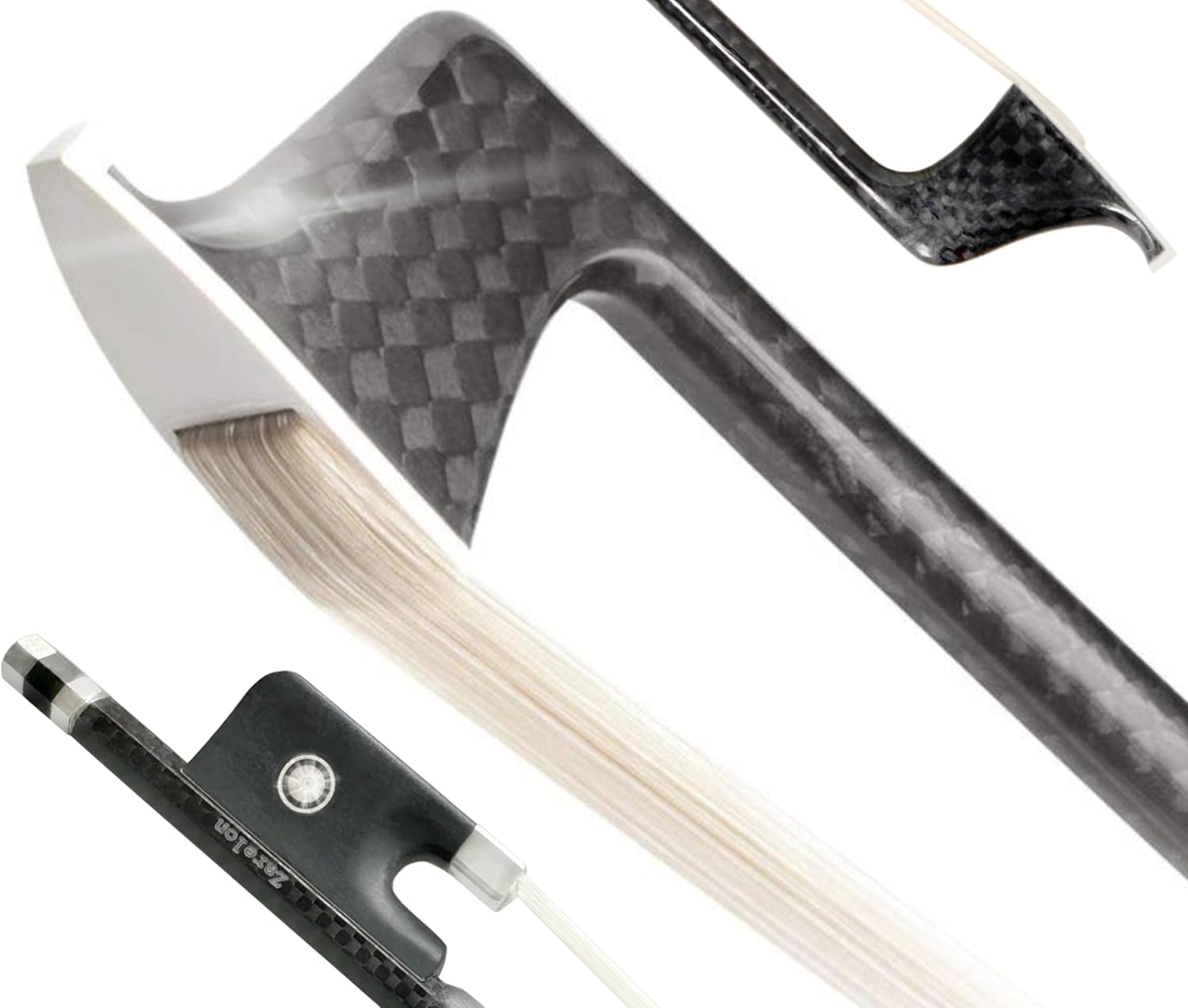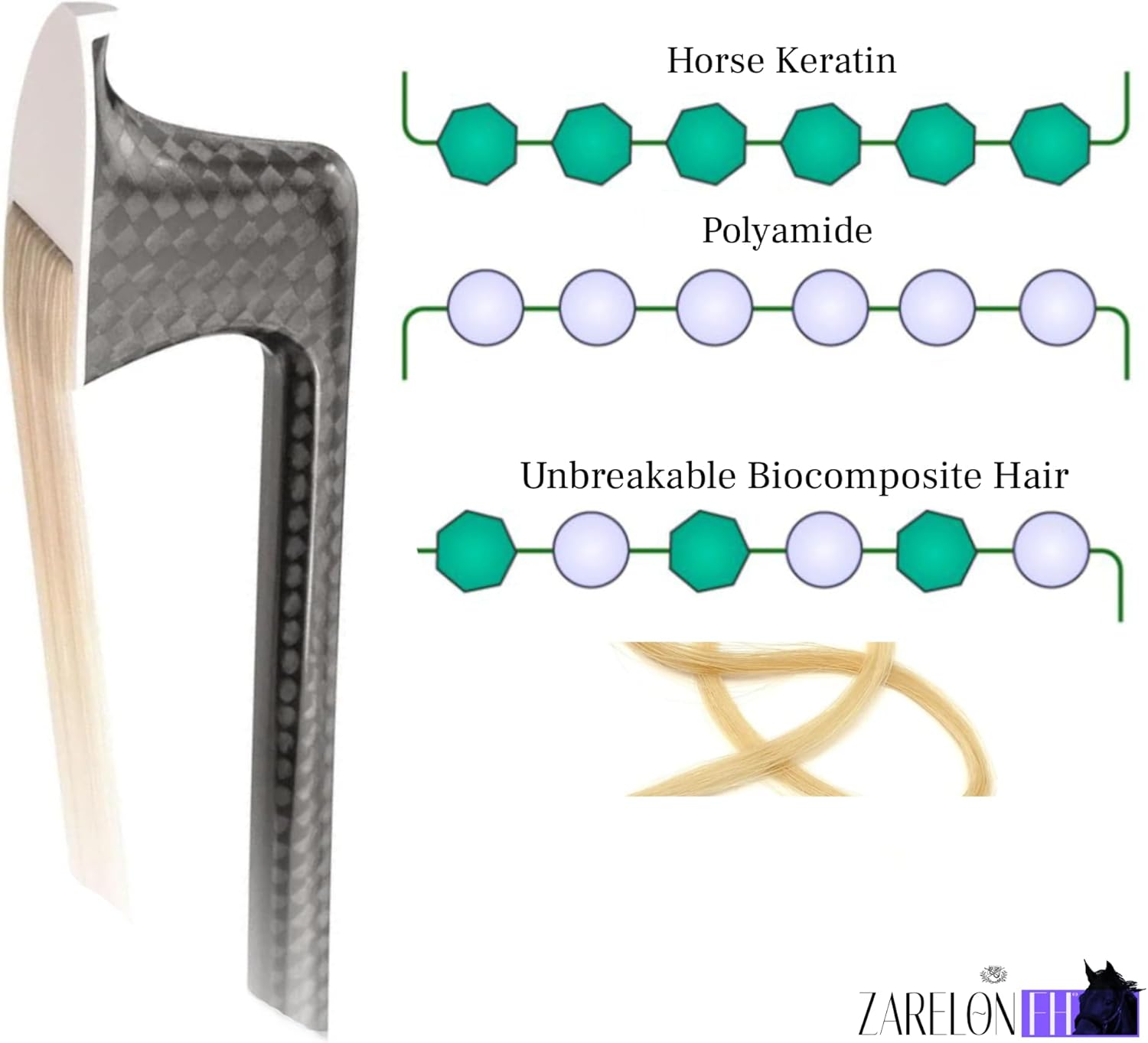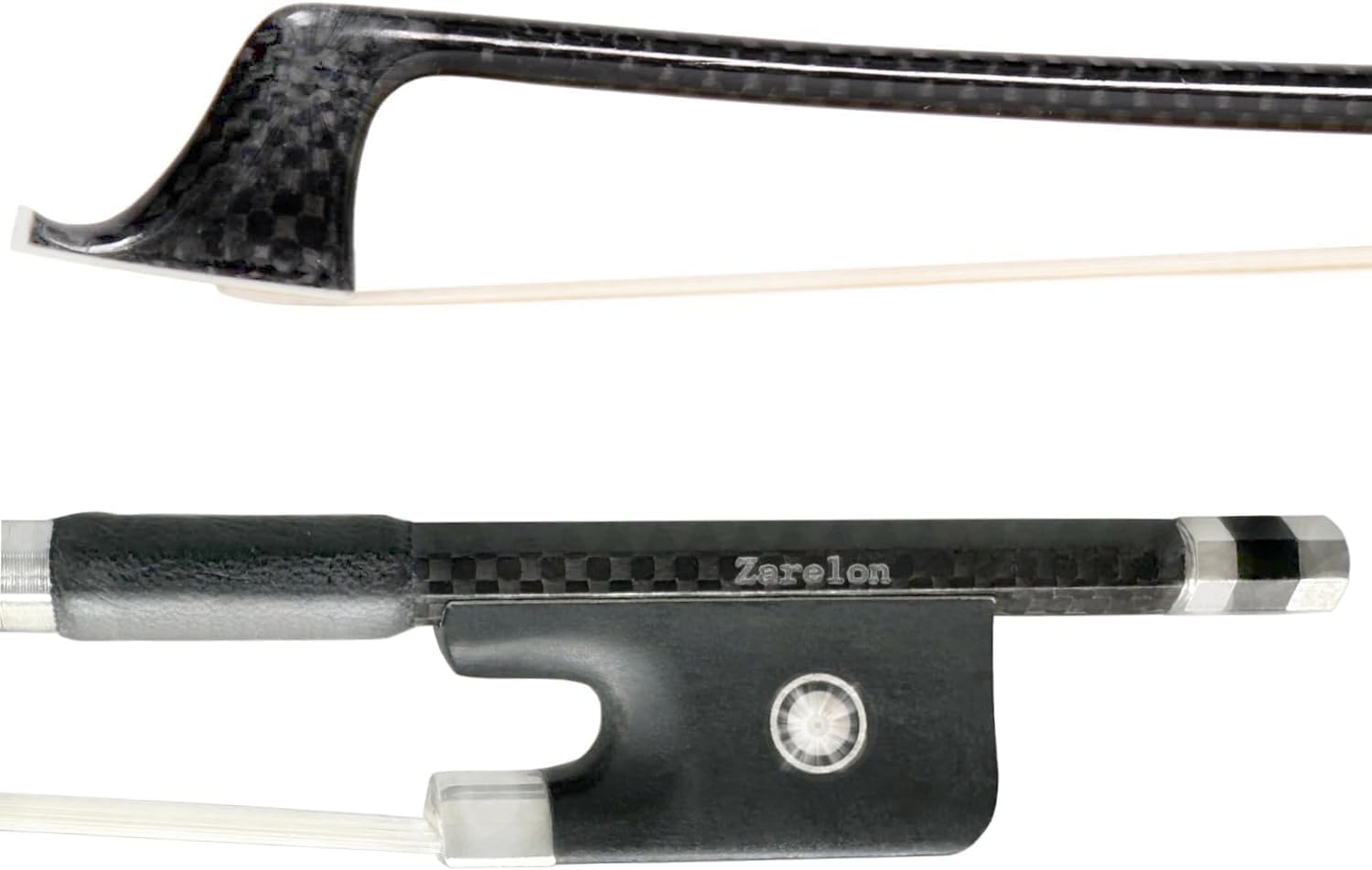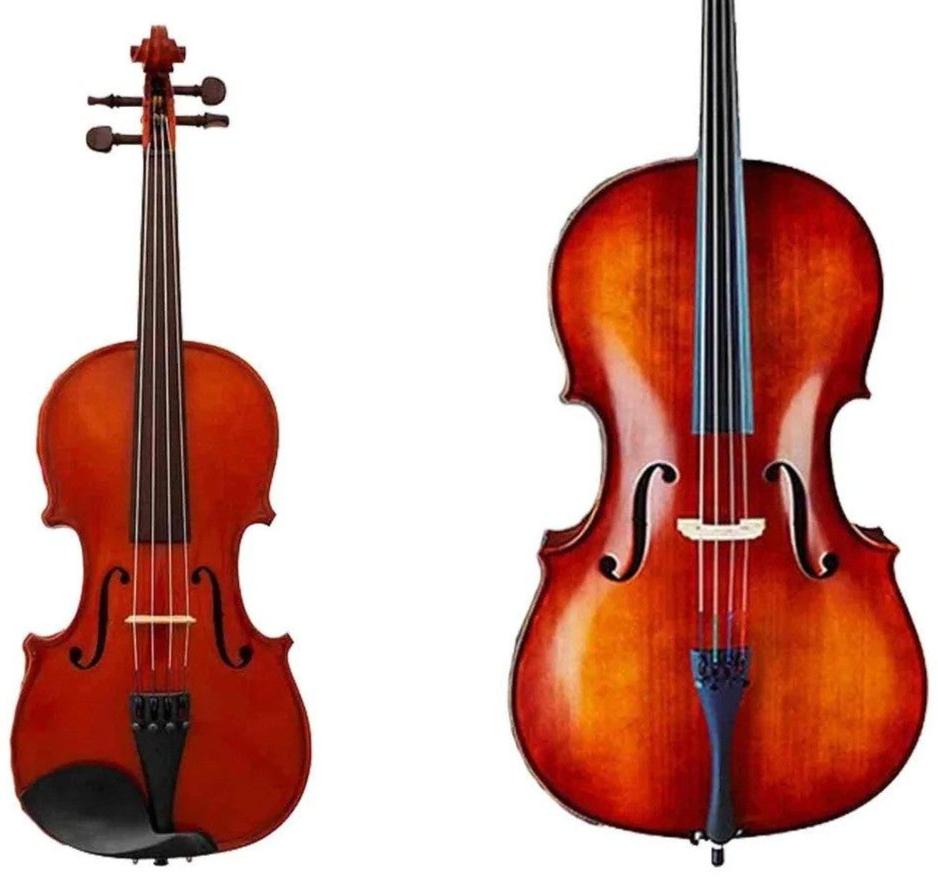The Natural Tailpiece

Many of history's most successful iterations of the string instrument concept utilize strings which span the complete length of the sounding body. By the 15th-17th centuries, when the European violin was codified by a small group of Italian luthiers, an intimate knowledge of non-Western musical instruments was not yet possible.

After inspecting a few notable examples of Eastern string instruments (the Slavic balalaika, the Balkan tambura; the Chinese ruan, etc.) we were inspired to salvage the full-length string concept and explore its potential in the violin context.


The results were stunning.
Because each string terminates at a fixed point (the saddle) as opposed to a floating object (a tailpiece), string independence is stunningly free. This makes double stops dramatically more resonant as each string contains its own independent set of harmonics.
Tuning stability is also greatly enhanced, as one string's tension is irrelevant to the tension of adjacent strings.
Volume and sustain are also significantly liberated. The typical wolf tone eliminator weighs from 3-8 grams. Players know these devices have a serious potential to blunt the sound of the string they're affixed to. Now, transfer this logic to the tailpiece, which can weigh up to 140 grams - you have an immense stifling affect inserted across all strings.
String feel is perhaps the most impressive achievement of this modification. Wood is a highly inelastic material compared to woven polyaramid fibers. The Kevlar string used in the Naked Tailpiece relaxes string rigidity, offering a dramatically more comfortable and manageable string action.

In our understanding, the reasons violin family instruments have taken so long to dispatch with the heavy tailpiece are several:
- Geared tuning pegs were a necessary precursor to the system, eliminating a need for fine tuners. Geared pegs are increasingly installed on contemporary master instruments as well as retrofitted to vintage instruments.
- A requirement for twice the length of string, especially traditional animal intestine strings, was prohibitive - both cost and availability were concerns.
- Inexpensive and widely available Kevlar and other polyamine synthetics only arrived in the late 20th century. Furthermore, the global materials science supply chain has only very recently matured.
Featured product
















Subtle, confident feel. Perfect balance and strength.
- Professional level arching for exceptional action and rebound. High carbon composite hollow stick delivering superior resonance and balance.
- Unaffected by humidity and temperature fluctuation - excellent for traveling musicians.
- Ebony frog delivers efficient vibration transfer from hair.
Bow is haired with biocomposite regenerated horsehair, Zarelon FH:
- Hair is impossible to break or stretch when playing. Never rehair again.
- Identical to traditional horsehair in appearance and touch. Continue using your favorite rosin.
- Dramatically increased rosin uptake and hair grip; players find tone more consistent, more reliable and stable.
- Never fear aggressive, intense passages; focus on the music - not on breaking bow hairs.
- Zarelon ® FH is a reinforced keratin biocomposite derived from horsehair; the enhanced mechanical properties of fortified horsehair result in zero stretching or breaking while playing and a characteristic firmness and clarity of tone.
- FH Is never bleached or dyed; traditional horsehair, however, is always washed with poisonous chemicals and bleached to remove urine, feces and other contaminants, making it brittle and weak.
- FH is unaffected by moisture, humidity, and temperature; the hair does not expand in the summer or contract in the winter. FH does not oxidize or attract finger oil.
Pickup available at 5767 Mayfield Road
Usually ready in 24 hours

Zarelon FH ® Carbon Fiber Cello Bow with Unbreakable Horsehair
5767 Mayfield Road
5767 Mayfield Road
Mayfield Heights OH 44124
United States


